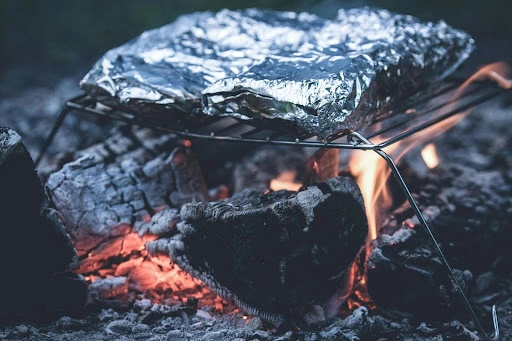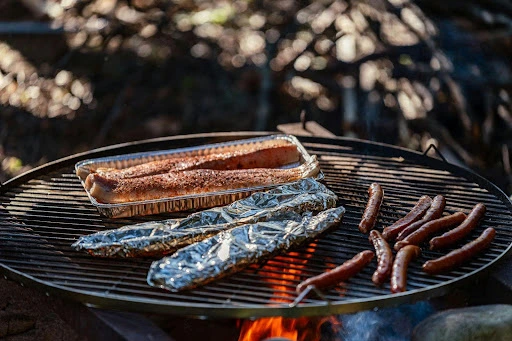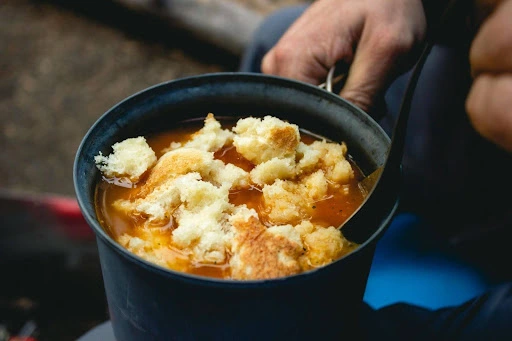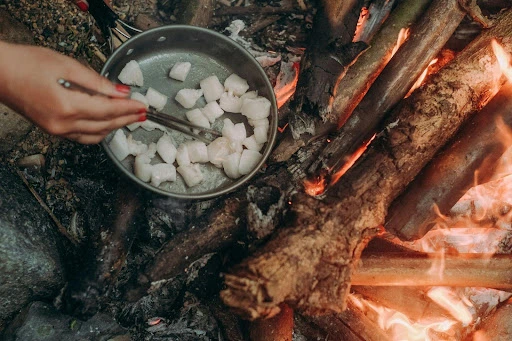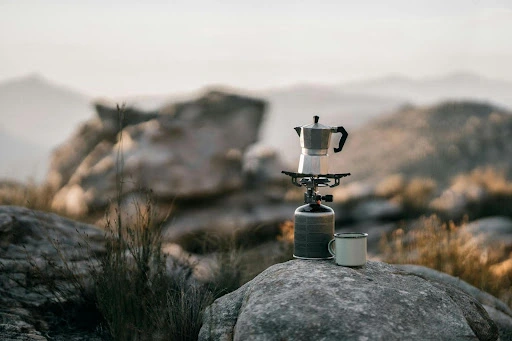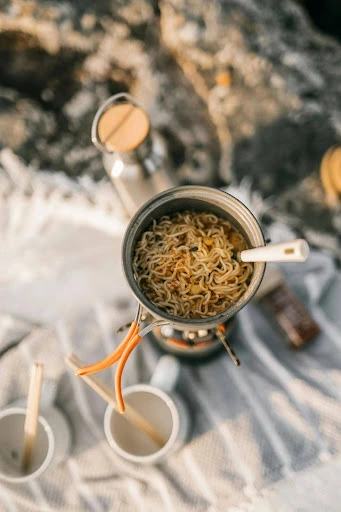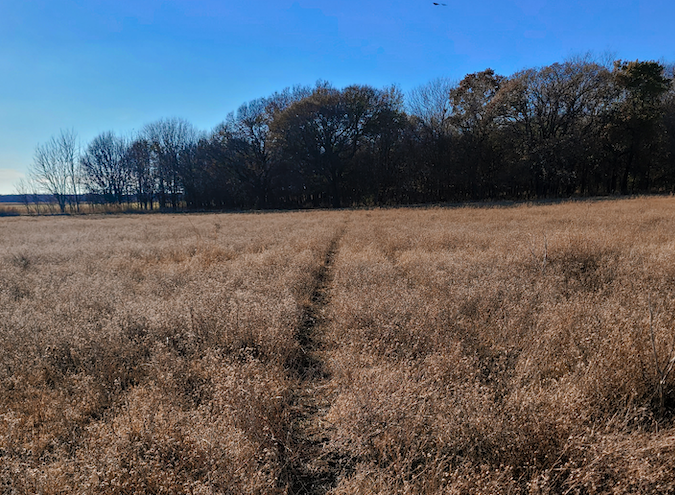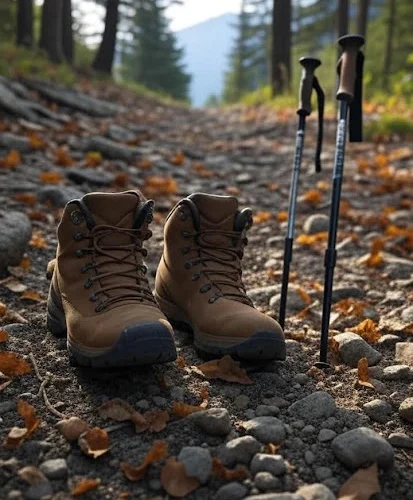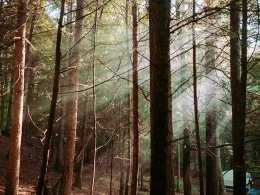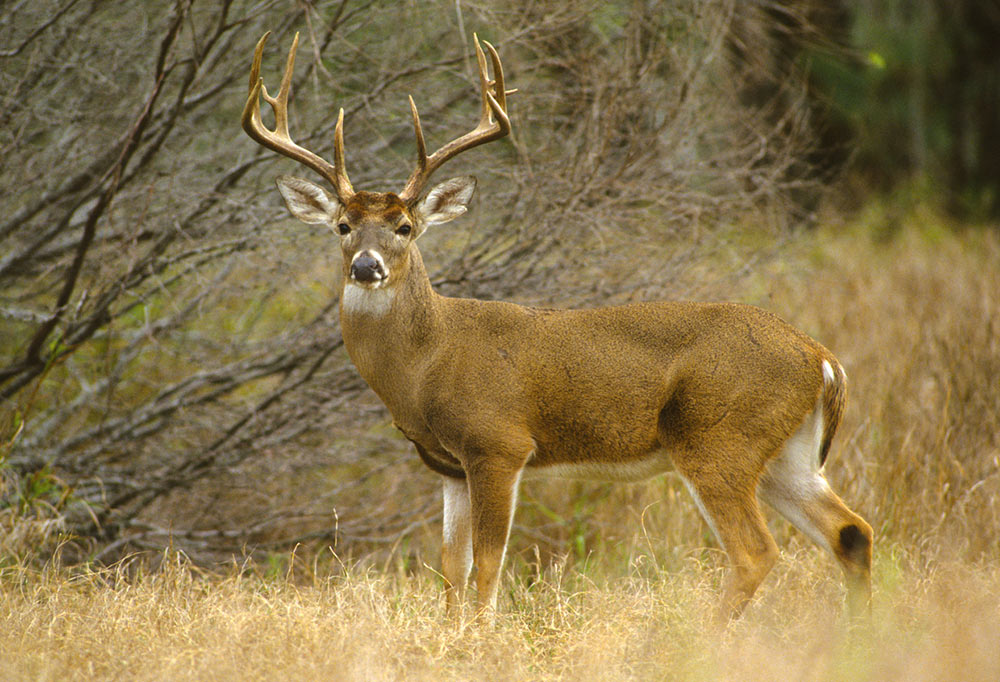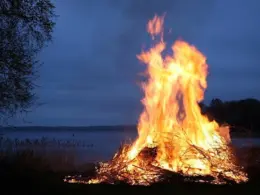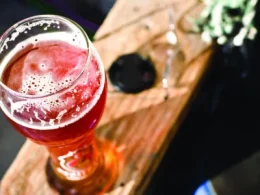Planning meals for a trip gets people talking about what’s practical in the wild. Some swear by protein bars and dried meat, convinced anything more is too much work. Truth is, cooking in the backcountry is way easier now thanks to better gear. Yet, outdated ideas about heavy equipment, tricky recipes and food safety still scare folks off from enjoying a decent meal on the trail. Let’s tackle six of these myths, clear up what’s what and show you how you can eat well without much fuss.
Table of Contents
Myth: You Have to Cook Like a Chef
Many campers picture backcountry cooking as some high-skill ordeal, like you’re juggling complex dishes while swatting bugs. That’s way off. Most trail meals are dead simple. Take dehydrated food packets: boil water, pour it in, stir and you’re done. No need for fancy knife work or precise timing. Even basic combos like oatmeal with dried apples come together fast. Today’s stoves are push-button easy, no fumbling with matches. Try a recipe at home to build confidence and you’ll see it’s no tougher than making toast. The trick is to keep it simple, not stress over perfection.
Myth: You’ll Carry a Ton of Gear
Nobody wants to lug a heavy kitchen setup up a mountain. That makes sense, but modern gear fixes it. Tiny stoves, some under four ounces, pack flat and barely add weight. Titanium pots are sturdy yet light and nesting sets save space. One pot can handle cooking, boiling, even eating. Fuel canisters are small, burn efficient and don’t require backups. A spork covers your utensil needs. For backpacking, pick compact, multi-use items and your pack stays light. Car camping? Sure, go big. But for the trail, smart gear choices make cooking feel effortless.
Myth: Food Won’t Last Without a Fridge
The thought of food going bad without a cooler spooks a lot of people, especially on longer trips. But you can keep things edible with the right approach. Dehydrated or freeze-dried meals are good for months and pack plenty of flavor. Hard cheeses and cured meats will last days if wrapped tightly. Bear bags or canisters keep critters and weather out. In cool areas, stash insulated food pouches in the ground or near a stream to keep them chilled. Eat perishables early and stick to basic storage rules. Plan ahead and your food will stay fresh through the adventure.
Myth: Trail Food is Tasteless
Tasteless meals are a big turn-off and some think that’s all you get out there. Not so. You can make food pop without much effort. Carry small packets of spices like salt, pepper or dried garlic to liven up grains or noodles. A pinch of bouillon or a drizzle of hot sauce adds bold flavor. Toss in nuts for crunch or dried berries for sweetness. Wrap dehydrated veggies in a tortilla for a quick bite. If you’re savvy you might even find edible plants but only if you know what’s safe. Good taste comes from small tweaks not complicated recipes.
Myth: Cooking Wastes Your Day
Some folks figure cooking cuts into hiking or chilling by the fire so they’d rather grab a snack and move on. But trail meals are quick. One-pot dishes mean less cleanup: mix, heat, eat. Portion out ingredients at home to save time. Modern stoves boil water fast for oatmeal, soup or tea. While food cooks you can pitch your tent or gather wood. Efficient fuel means no long waits. Get a routine down and a hot meal takes 15 minutes tops. It’s not a time-sink, it’s a quick refuel that fits your day.
Myth: Cooking is Risky Out There
Fears of runaway fires, curious animals or bad water make cooking sound risky. Those risks are real but manageable. Use a stove or designated fire pit to contain the flames and douse ashes fully. Hang food in a bear bag or use a sealed canister to keep wildlife out. Purify water with a filter, tablets or a boil. Sanitize your hands before eating. Some parks require stoves in fire-prone areas so check the rules. Follow these steps and you’re not taking a gamble, you’re just being smart.
Final Thoughts
These old myths about backcountry cooking come from a time when gear was clunky and information was scarce. Worries about skills, weight, spoilage, flavor, time or safety don’t apply anymore. Start with simple meals, try a few tricks and you’ll see how good food elevates your whole trip. Need the right gear? Head to Everest.com for compact trail-ready cooking gear.

